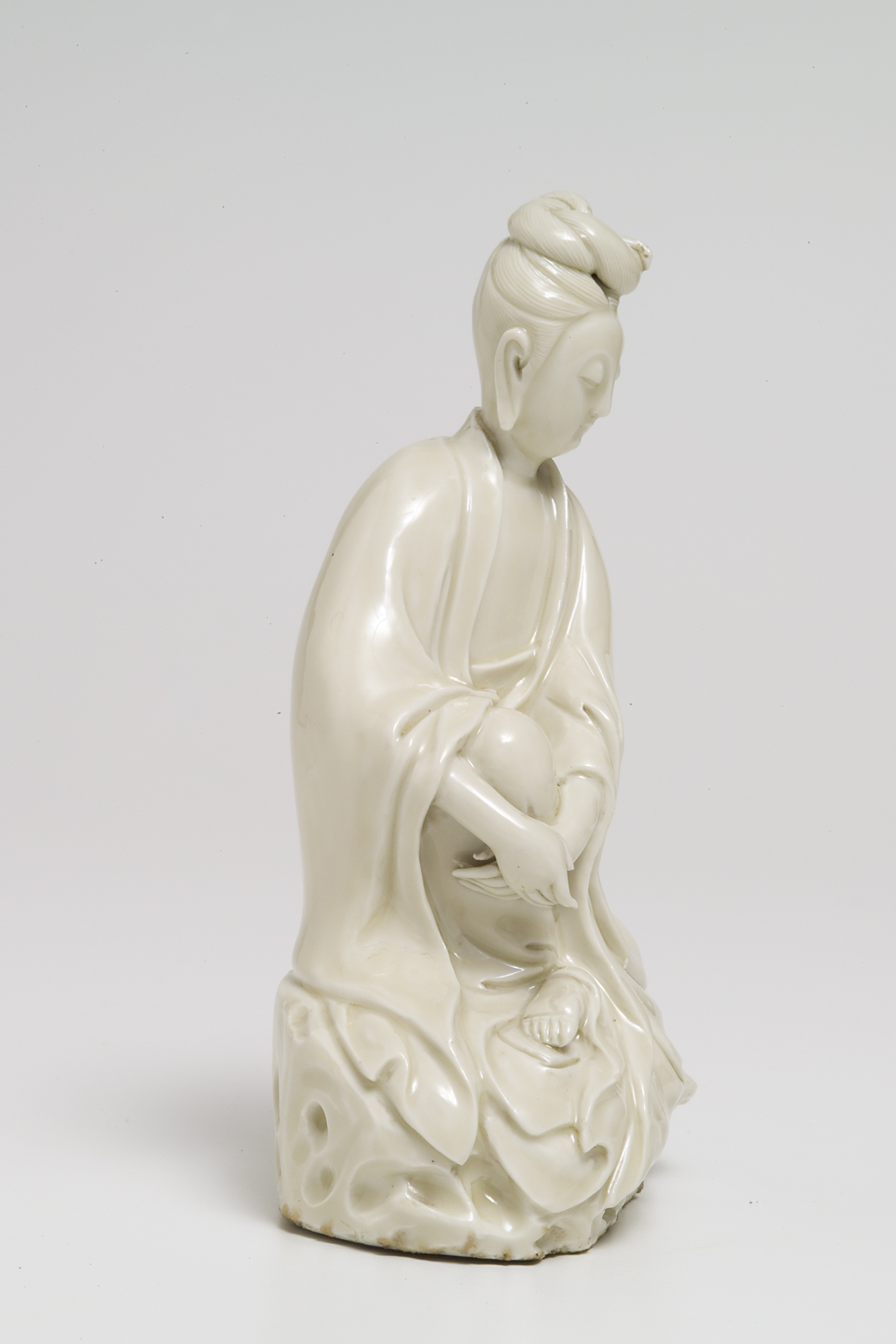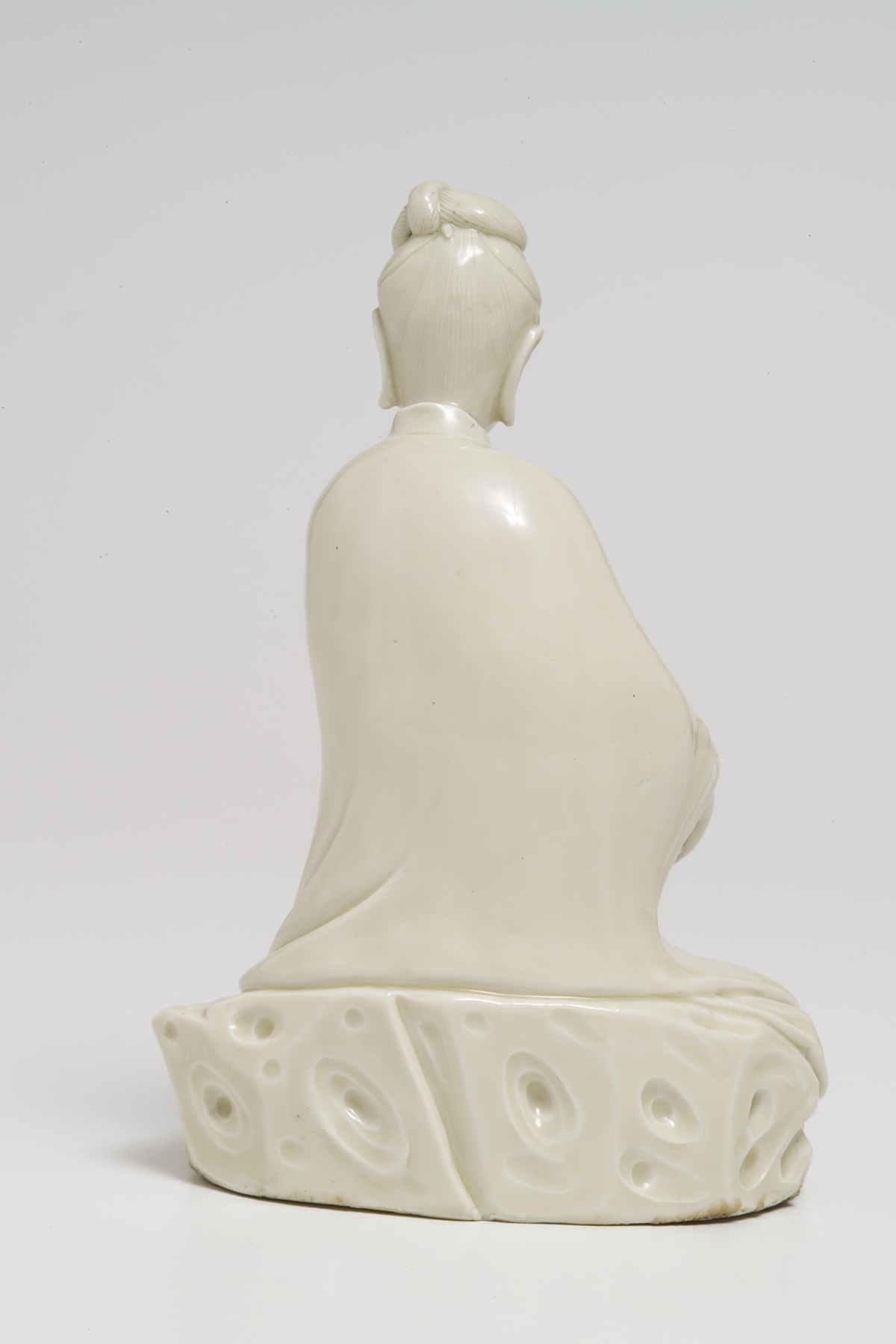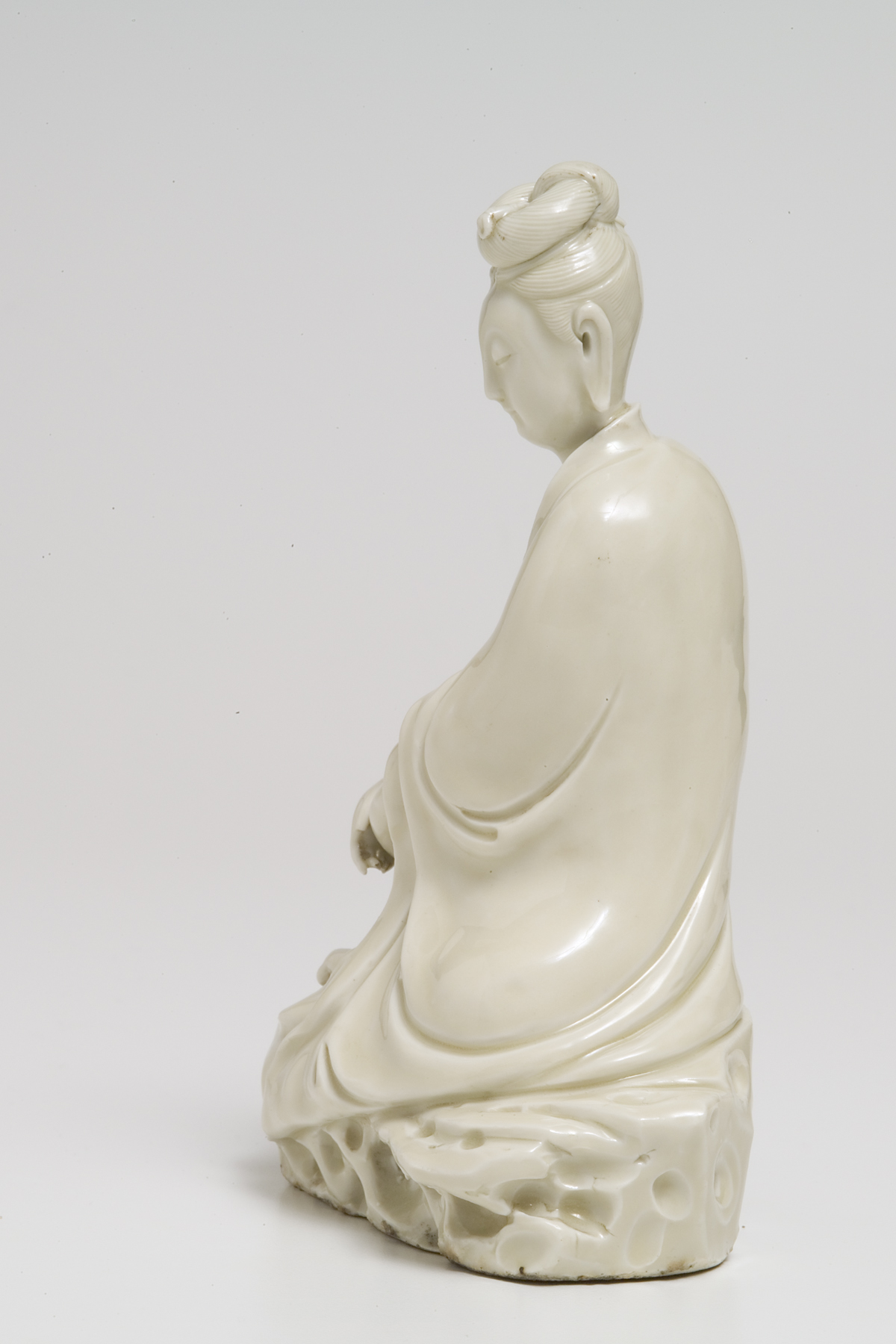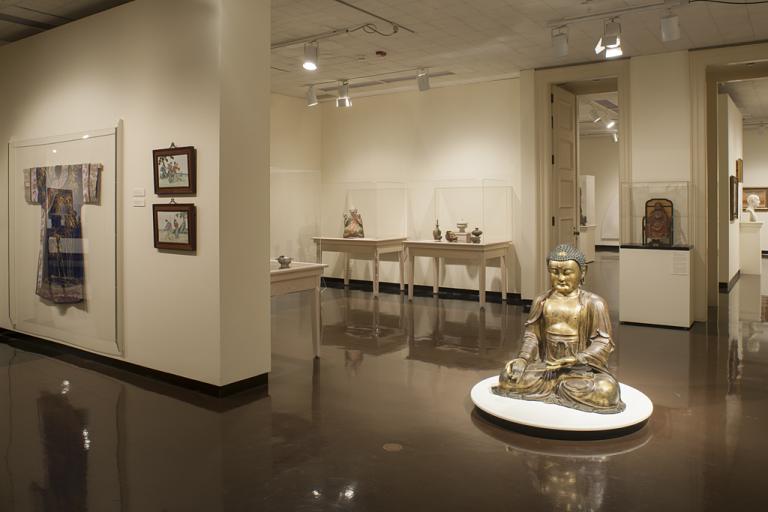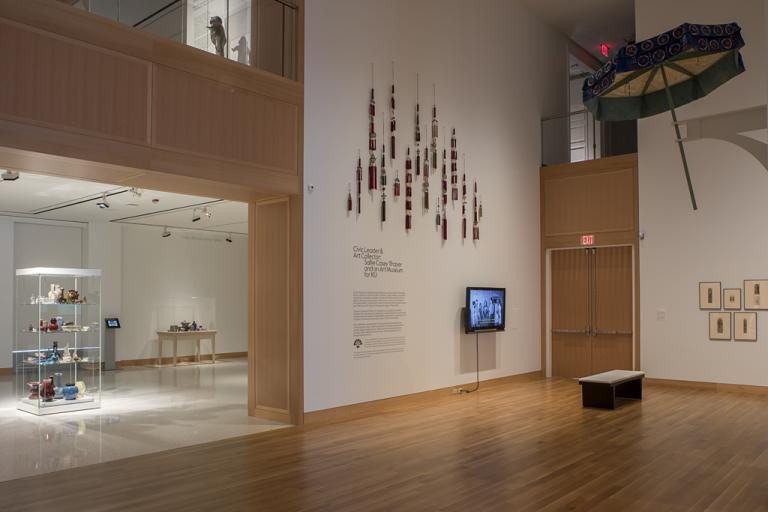観音 Guanyin (Avalokitesvara), unknown maker from China
Artwork Overview
観音 Guanyin (Avalokitesvara)
, 1800s, Qing dynasty (1644–1911)
Where object was made: China
Material/technique: blanc de chine; glaze
Dimensions:
Object Height/Width/Depth (Height x Width x Depth): 17.7 x 11.8 x 6.9 cm
Object Height/Width/Depth (Height x Width x Depth): 6 15/16 x 4 5/8 x 2 11/16 in
Object Height/Width/Depth (Height x Width x Depth): 17.7 x 11.8 x 6.9 cm
Object Height/Width/Depth (Height x Width x Depth): 6 15/16 x 4 5/8 x 2 11/16 in
Credit line: William Bridges Thayer Memorial
Accession number: 1928.1523
Not on display
If you wish to reproduce this image, please submit an image request

